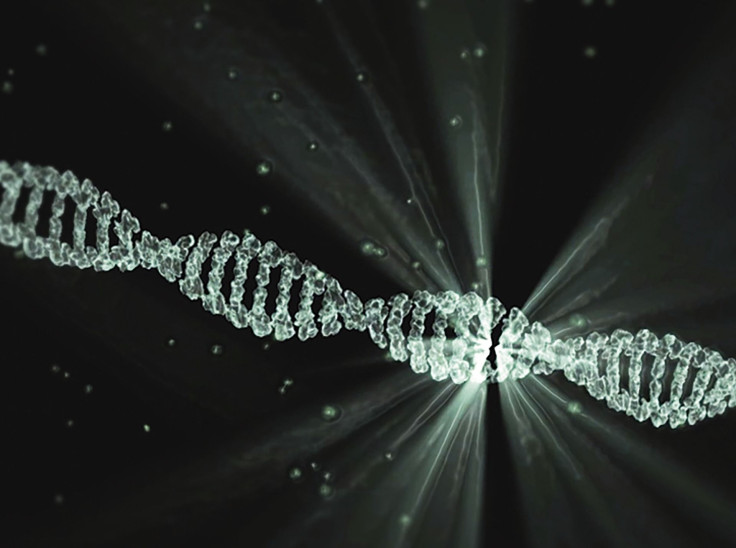Scientists Hook Disease-Detecting Molecules To DNA To Find Illnesses Earlier

Scientists might be able to earlier detect serious diseases like cancer using a new system that can pick up faint traces of the illnesses.
A team of researchers claim they can find singular molecules in blood samples that are signs of those diseases, according to a study in the journal Nature Communications. In their new method, they take synthetic DNA molecules that are designed to detect special proteins associated with the conditions and link them up to the structure of a person’s DNA, where the molecules pull in the proteins so the scientists can find them.
The structure of DNA, also called its backbone, is comprised of phosphates and sugars. The synthetic DNA molecules hook onto that framework when they are inserted into human serum, which is fluid separated out from the blood. Then the molecules, known as aptamers, attach themselves to specific disease biomarkers.
After that’s done, the scientists put their concoction through a nanopore detector, which has tiny holes that pick up changes in the electrical current as the serum passes through. Those electrical measurements can detect diseases because different biomarkers have different signatures.
The researchers’ new study notes that medical research has come up with lots of different ways to detect certain proteins in the human body that are associated with disease, but “they usually lack either the specificity and/or sensitivity for early stage diagnosis in real samples containing many (thousands) of background proteins, often at concentrations orders of magnitude higher than the target markers.”
As the disease progresses and the problem proteins appear in higher concentrations, those other methods become more effective.
The new strategy they describe has the potential to be useful much earlier in a disease’s progression. According to the paper, it is able to detect several different disease-related proteins while they are still appearing in small quantities.
“Detecting important biomarkers in lower concentrations will allow patients to be treated earlier for diseases such as some cancers and neurological disorders, which could increase the chance of survival rate,” Imperial College London said in a statement. “The system can be constructed with more than five different aptamers, allowing detection of multiple biomarkers at once.”
© Copyright IBTimes 2024. All rights reserved.




















